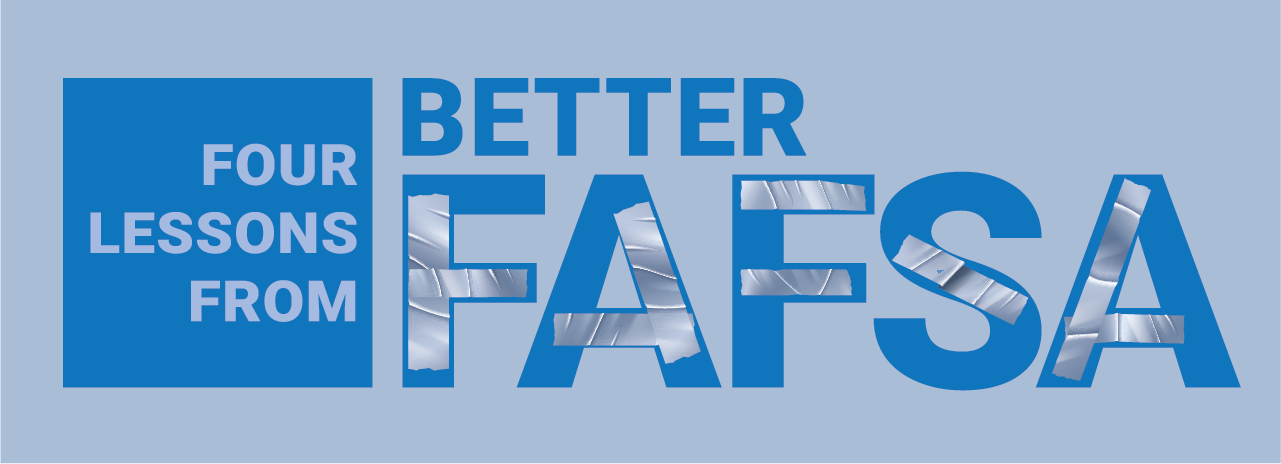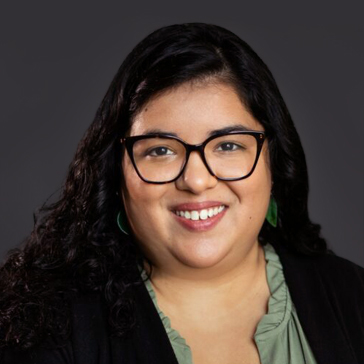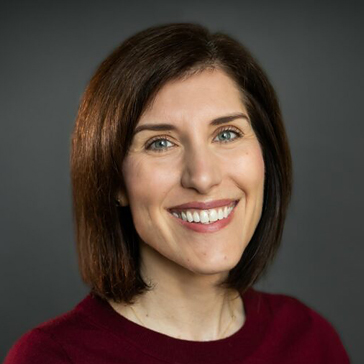
In December 2020, the FAFSA Simplification Act and amendments to the FUTURE Act put the wheels into motion to overhaul the federal form that over 17 million students and families use each year to calculate eligibility for federal grants, loans and federal work-study to offset the costs of higher education. The “Better FAFSA” was released in late December 2023 and has been widely criticized. In our work with the Limitless Learning Network, Education First convenes and supports leaders across the state of Washington bridging K12, higher education and intermediary organizations who seek to increase postsecondary enrollment. We have uplifted four learnings from Limitless for K12, higher ed and intermediary partners seeking to adjust their support for students and families in response to the uncertainty of the Better FAFSA rollout.
The Better FAFSA’s delayed rollout, technical glitches and other implementation challenges have created a ripple of unintended consequences that negatively impact students and families’ ability to make informed decisions about postsecondary enrollment this year. These challenges have the potential to widen systemic inequities in postsecondary enrollment and attainment, particularly as shortened windows to apply for and navigate the financial aid process have disproportionate impacts on student subgroups that have been historically underserved, especially students from mixed-status households.
To mitigate these challenges, Limitless partners have adjusted their outreach and enrollment strategies this year to:
While students and families await more details about financial aid eligibility, communication and advising strategies should be tailored to meet students and families’ needs. In a typical year, many high schools support postsecondary enrollment through a multi-pronged outreach strategy of newsletters, text campaigns, financial aid nights and more. K12 and higher ed partners can supplement existing outreach with additional touchpoints tailored to meet the diverse and varied needs in their school community, for example:
To mitigate the negative impacts caused by the Better FAFSA delays, administrators at four-year, community and technical colleges should consider how higher education can take the pressure off of students, families and colleagues in K12. Colleges and universities can learn from pivots in 2020 and 2021 to navigate uncertainty around enrollment during the COVID-19 pandemic. To remove barriers to enrollment, higher ed leaders should think about undue costs as well as deadline extensions. For example:
Delays in Federal Student Aid (FSA) reporting have limited educators’ ability to track their students’ progress in completing the federal aid form. Even with forms starting to process, the data trickling in via Institutional Student Information Records (ISIRs) remains insufficient to provide support to students with partial or unverified applications. Instead, Limitless K12 partners have turned to their own data collection strategies, including individually tracking conversations with students and families as part of their personalized High School and Beyond Plans (HSBP).
K12, higher ed and intermediary leaders can access FAFSA completion data in a few ways. As ISIRs begin to process and data is released, the FSA website will release state- and district-level data. The National College Attainment Network (NCAN) also offers an interactive FAFSA dashboard that aggregates national FAFSA completion rates across subgroups including school income level, students of color and geographic regions, as well as state-level trends in comparison to previous FAFSA completion rates. We encourage practitioners to check in with their respective state agencies to explore additional reporting tools tailored to their local context.
This work truly takes a village and postsecondary enrollment strategies are most effective when K12, higher education and community-based partners collaborate to seamlessly transition learners across the artificial boundaries of our education systems. Across the Limitless Learning Network, partnerships are looking across their regions to identify “third places” such as libraries, community-based organizations, or cultural hubs where different members of their communities feel at home and in a trusted space. From there, collaborative efforts are happening to bring financial aid supports to those locations/organizations. For example, the College Success Foundation–Spokane Region (CSF-Spokane) has been working with their cultural centers as a bridge point to students and families. The collective work is being designed to meet people in spaces that foster a sense of safety and belonging, particularly for the region’s Latinx and Native American populations. CSF-Spokane has historically offered culturally-relevant workshops and especially in this challenging FAFSA season, has been working closely with their local cultural centers to offer financial aid supports, removing stigma, especially for mixed-status families who may be hesitant to utilize support in filling out financial aid applications.
Limitless was structured to provide connection points across these systems to develop regional partnership capacity. As we look ahead, uncertainty around the 24-25 Better FAFSA and postsecondary enrollment outcomes persist. However, there are learnings from this moment that can apply beyond this financial aid and admissions cycle. Washington state’s K12, higher ed and community practitioner leaders will continue to unpack their learnings as part of the Limitless Learning Network to refine their summer melt strategies and tailor responsive support in years to come.
–
Education First, with support from the Bill & Melinda Gates Foundation, launched Limitless, a Postsecondary Enrollment Network in Fall 2023. The Network convenes cross-system partnerships from across Washington state composed of K12, higher education and intermediary organizations. This blog post is part of a series that spotlights effective practices and strategies to increase postsecondary enrollment.



